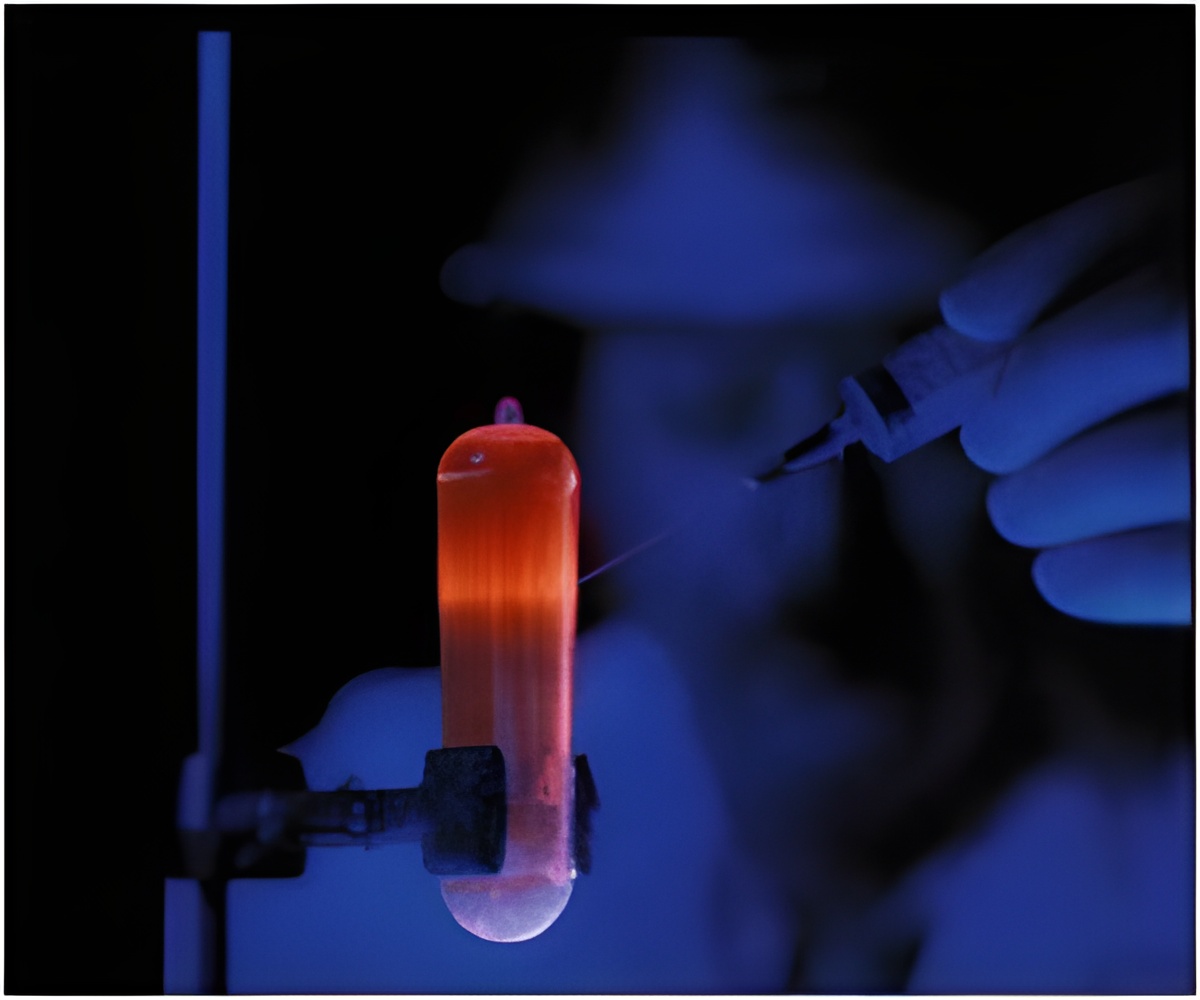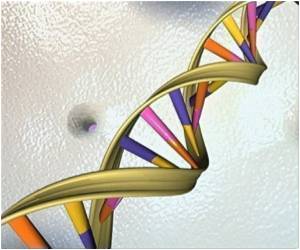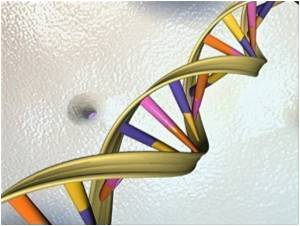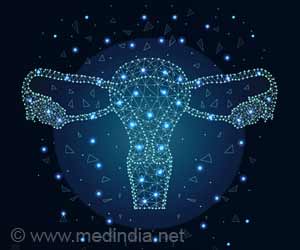Researchers at the Scripps Research Institute have developed a model of how a powerful DNA repair complex works - a finding that may give hope to various treatment of disorders ranging

The finding solves the long-standing mystery of how a single protein complex known as MRN (Mre11-Rad50-Nbs1) can repair DNA in a number of different, and tricky, ways that seem impossible for 'standard issue' proteins to do, said team leaders Scripps Research professor John Tainer and Scripps Research Prof Paul Russell, who also collaborated with members of the Lawrence Berkeley National Laboratory on the study.
They said the finding also provides a critical insight into the ABC-ATPase superfamily of molecular motors, of which Rad50 is a member.
'Rad50 and its brethren proteins in this superfamily are biology's general motors and if we know how they work, we might be able to control biological outcomes when we need to," said Tainer.
"There could be a new generation of drugs that are designed not against an active site, like most drugs now (an approach that can cause side effects, but against the shape the protein needs to be in to work," he added.
"Proteins are often viewed as static, but we are showing the moving parts in this complex. They are dynamic. They move about and change shape when engaging with other molecules," said Russell.
Advertisement
Paradoxically, the complex also mends DNA breaks promoted by chemotherapy, protecting cells against cancer treatment.
Advertisement
"The same complex has to decide the extent of damage and be able to do multiple things. The mystery was how it can do it all," said Tainer.
To find out, Tainer and Russell produced a series of high-resolution images of the crystal structure of parts of all three proteins (rad50, Mre11, and Nbs1), taken from fission yeast and archaea.
They showed that ATP binding allows Rad50 to drastically change its shape. When not bound to ATP, Rad50 is flexible and floppy, but bound to ATP, Rad50 snaps into a ring that presumably closes around DNA in order to repair it.
Rad50 and ATP provide the motor and gas for a number of biological machines that operate across species. These machines are linked to a number of disorders, such as cystic fibrosis, which is caused by a defect in the cystic fibrosis transmembrane conductance regulator (CFTR) gene, which is a member of the ABC ATPase superfamily.
The study is detailed in the online edition of Nature Structural and Molecular Biology.
Source-ANI














